Ok, so you have managed to convince someone to visit your website, pick a product, and buy that product. What’s next? Do you just forget them and move on to the next customer? You could do but I would not advise you to.
The pipeline or journey a customer will go through when interacting with your store does not end after checkout. There is a stage after the purchase called the post-purchase.
What is this? How can it benefit your store? How can you use it to its fullest potential? This article will provide answers to these three questions.
So, if you do not know what the post-purchase phase is or would like to find out how you can take control of it, just sit back and read on.
The Post-purchase Experience
When it comes to customers, there’s the pre-purchase and post-purchase phase. Businesses tend to focus on the pre-purchase phase where they take the customers from the awareness to purchase.
But, just as important as that, there’s the post-purchase phase. It’s basically all the interactions your business will have with a customer after they make a purchase.
In terms of retaining customers, the post-purchase experience holds greater importance than the pre-purchase stage.
Customers who feel valued and cared for after making a purchase are more likely to choose your brand again. Despite this, post-purchase strategies often receive less investment compared to sales efforts.
This journey differs for each brand, influenced by their selling channel and target audience. It might involve personalized text messages, email campaigns, a branded returns portal, experiential packaging with QR codes, and various other strategies.
A stellar post-purchase experience not only contributes to customer loyalty but also separates your brand in today’s fiercely competitive business space. In a world where products and services are bountiful, the way you treat customers is very important.
Furthermore, a thoughtfully designed post-purchase experience can mitigate the occurrence of costly customer support tickets and calls.
Keeping customers informed about their orders reduces the necessity for them to reach out with inquiries as to their order’s details thereby enhancing the efficiency of your customer support operations.
6 Amazing Post-purchase Strategies
1.Email campaigns are great for communication
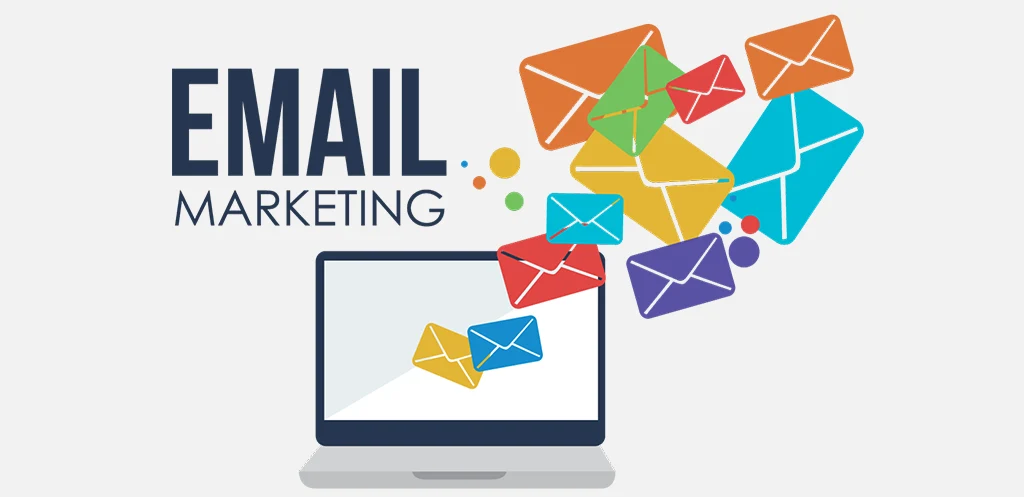
Email marketing is one of the best things to happen to businesses. It is great for attracting new customers and marketing to old customers. It can help you keep in touch with customers and stay connected during their post-purchase experience.
Post-purchase emails usually serve to provide information on their order, but they have the potential to provide much more. Beyond just tracking details, these emails can be a powerful tool to share insights about your brand and products.
While it is normal for your customers to receive emails providing them with their shipping details, they will not be expecting any more. That’s where you surprise them.
Here are some email types you can use to improve their post-purchase experience:
- Order confirmation emails: Let’s get this one out of the way. Order confirmation emails are a way to inform shoppers that their order is in good hands, reassuring them that their payment was successful and the process is underway.
- Thank you emails: Now let’s get into the good stuff. This email allows you to reassure customers that they’ve made the right decision in choosing your store. A simple thank you has the potential to lay the foundation for a lasting and meaningful customer relationship.
- Emails requesting a review: To improve the experience after customers buy something, you can ask them to share their thoughts on the products.
Email them after they get their order and request a review or feedback. Make the email feel personal by mentioning the specific items they bought.
When customers write reviews, it can help others decide what to buy when they visit your website.
Also, asking for feedback from customers is a smart way to learn directly from them about how you can make your products or services even better.
- Promotional Emails: When customers finish making a purchase, it’s an ideal moment to highlight your loyalty program, encourage them to refer friends and family, and suggest personalized product recommendations based on their recent purchase.
2.Provide omnichannel customer support
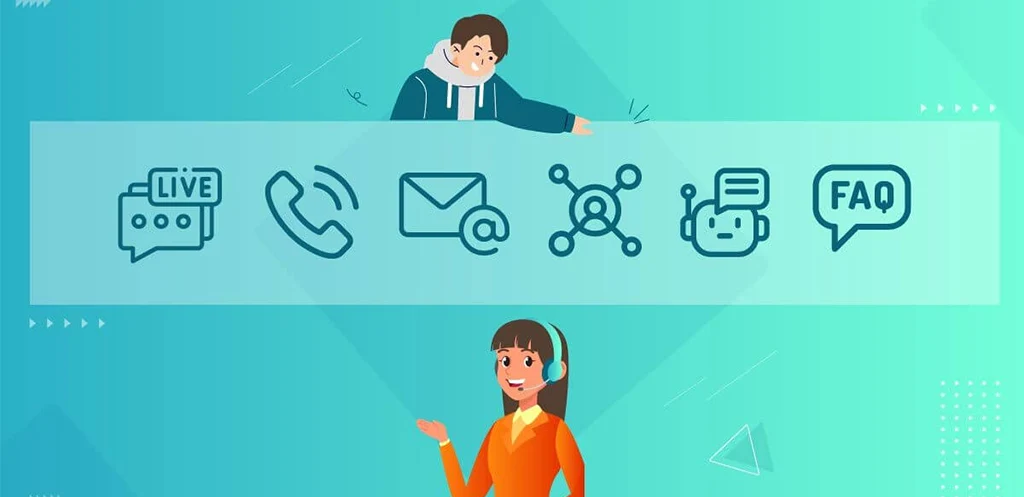
In simple terms, providing omnichannel customer support means all your communication channels operate together around the customer to ensure a smooth and seamless experience.
This strategy considers every platform and device a customer might use to engage with your company.
There is often confusion between omnichannel and multichannel customer support. Omnichannel provides a consistent and personalized experience for shoppers across all the channels and devices your customers will interact with you.
On the other hand, multichannel involves utilizing various channels such as social media and direct mail without necessarily worrying about an integrated experience.
With more businesses adopting CRM tools and software for their customer management, providing omnichannel customer support has become more straightforward as essential information regarding a customer’s order history is all in one place.
So, the main point, check out the channels your customers use the most. Create an account. Ensure the content and messaging you post on the channels are uniform. Probably hire a customer support manager or two to man the channels and invest in a good CRM software service. That’s all.
3.Offer a loyalty, referral, or rewards program
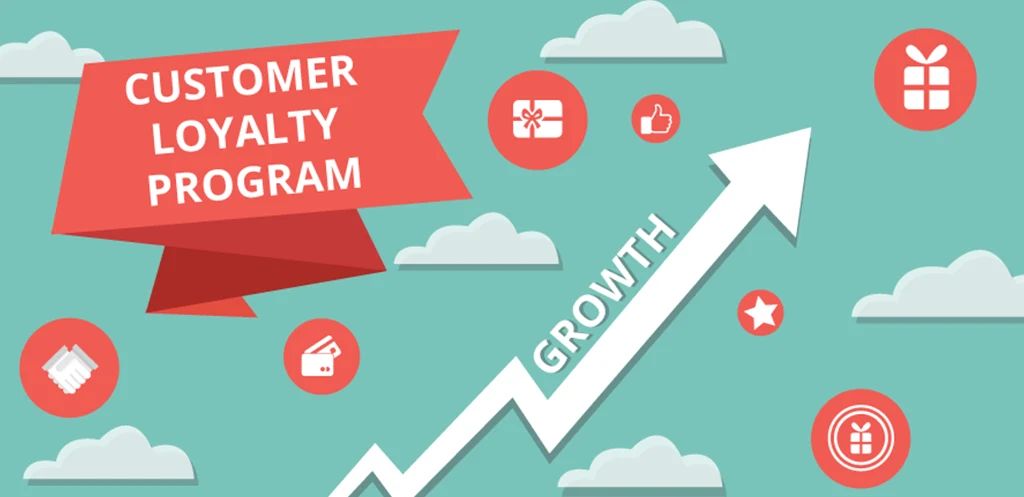
We’re all familiar with how loyalty programs enhance customer loyalty, but their impact on improving the post-purchase customer experience is often overlooked.
If you already run a loyalty program, the post-purchase period is an opportune moment to promote it. Capitalize on the recent interaction by bringing your brand to the front of your customers.
Encouraging sign-ups during this time can effectively convert more existing customers into long-term stays.
If you don’t have a loyalty program yet, it might be worth considering. Research by eMarketer reveals that 58.7% of internet users consider loyalty points or rewards as one of the most valued aspects of retail shopping.
You only need two things to guide you when constructing a loyalty program that elevates the overall customer experience:
- Personalise your Loyalty Program: Tailor the loyalty program to individual preferences based on customer behaviour.
- Ensure your loyalty program is easily and readily accessible.
Whether or not you have a loyalty program, consider sending discounts, incentives, or rewards during this period. This not only sweetens the deal for a second purchase but also contributes to an improved post-purchase customer experience.
4.Provide educational content on how-to tutorials

Occasionally, when customers buy a product, it doesn’t guarantee they can use it effectively. It could be their very first time using it. It could be that it operates differently from other similar products.
Offering some assistance can significantly enhance their overall customer experience. This is where instructional guides and demonstrations come into play.
User manuals, guides, or demos provide instructions on using a product efficiently. The most effective ones showcase the product’s features, emphasizing key functionalities that users commonly engage with.
If your product requires any form of setup, assembly, or features that will not be regarded as the basics, you must provide some sort of tutorial to make this process easier.
The goal is to guide customers on using or configuring their new product to ensure they derive the maximum benefit from it.
You can share this as part of the package you shipped, maybe as a video on a flash drive or as an email package sent after delivery.
If email engagement is low or you want to ensure customers access your setup guide, consider including an insert with a QR code. This code can link to a setup video or blog post on your website.
5.Provide a simple returns policy and exchanges portal

Consider this: 96% of shoppers are inclined to become repeat buyers when they have a positive return experience. This shows just how important making the return process as easy as can be.
Returning an item can be frustrating in itself. If your brand makes the returns process even more complex, it not only amplifies the existing frustration but, it could also discourage people from choosing your brand for future purchases. Also, try to reduce those return rates as much as possible.
Instead, begin by putting your refund policy in a clear and easy-to-find spot on your website. A short and straightforward return policy makes customers feel secure, knowing that what they’re buying is promised to be what it’s said to be.
If a store doesn’t offer this assurance, customers may get suspicious and decide not to buy the product.
Many return policies have specific rules, like time limits, that need to be clearly explained when someone makes a purchase.
Customers should be aware, for example, if they have 30 days to decide if a product works for them or if a store charges a restocking fee for returned items.
Your return policy should also include:
- What items can and cannot be returned
- What conditions the items have to be in
- Where and how they can be returned
Next, set up a user-friendly, self-service return portal on your website where people can easily start a return or exchange.
Globallyfulfill can assist you with the return process when customers have complaints. Using their logistics processes, they swiftly inspect, process, and restock the product as needed.
6.Create an Online Community for Your Customers

In a time where marketing is evolving to prioritize customers, brands are turning to online communities as a way to keep more customers engaged.
Maintaining a dedicated community where people discuss and advocate for your team’s products and services is an excellent strategy to keep your customers engaged even after they make a purchase.
If you want to establish an online community to boost engagement with your post-purchase customers, consider following these steps as a helpful guide:
- Define your desired goals and outcomes: Begin by deciding why you want to create a community. Some typical motivations for starting a customer-focused online community include:
- Increasing brand awareness
- Boosting demand for services
- Testing products
- Gathering user feedback
- Choose Your Platforms: Choose a platform that resonates with the values, and habits of your customers. You have various options for launching your online community, ranging from free social platforms accessible to everyone to exclusive platforms created specifically by your business.
Certain companies may opt for a more exclusive platform to align with their branding and restrict the community to a select few. In contrast, others may aim to build a larger community using a free platform on a social network. The choice is yours.
- Build social outreach: After launching the community, invite a core group of loyal customers to explore the community’s features, and encourage them to share links with their friends.
Motivate customers to utilize the community for providing feedback, which helps draw more product users to the site or app. Since online communities are inherently social spaces, push the social aspect when marketing the service.
Conclusion
And that’s all. That’s pretty much all you need to know to get started with giving your customers a great post-purchase experience. Now, it is important you remember that personalisation is key.
Based on their data, personalise these strategies to fit into what your customers actually want and need. Doing all this will with no doubt bring back customers that purchase just once.

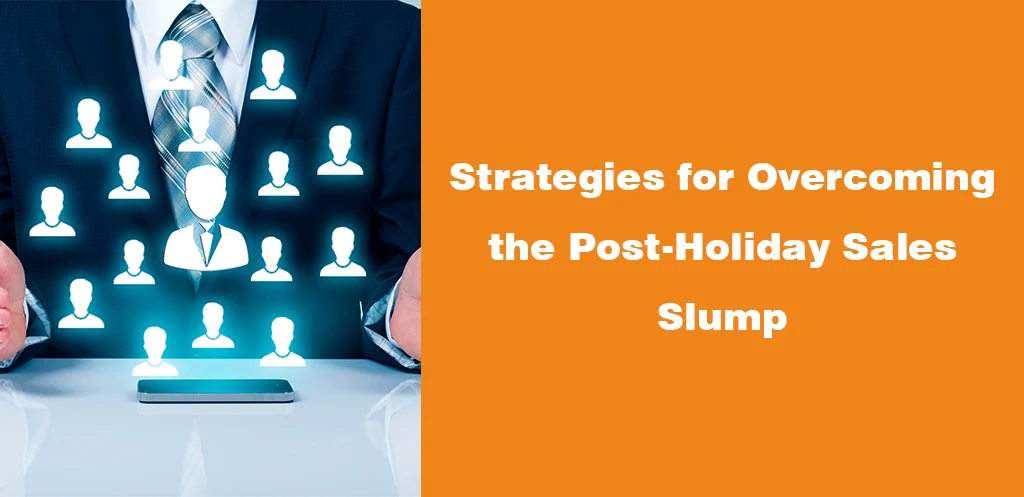
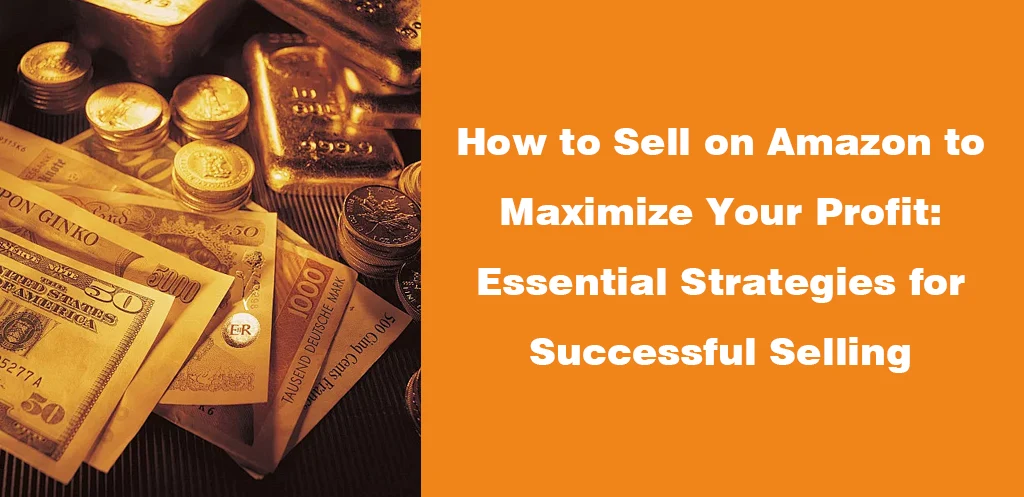


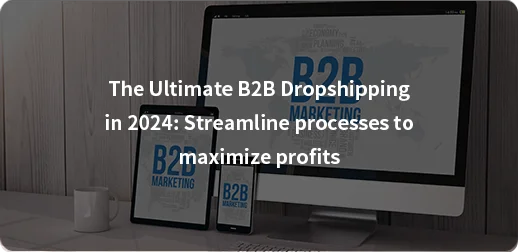
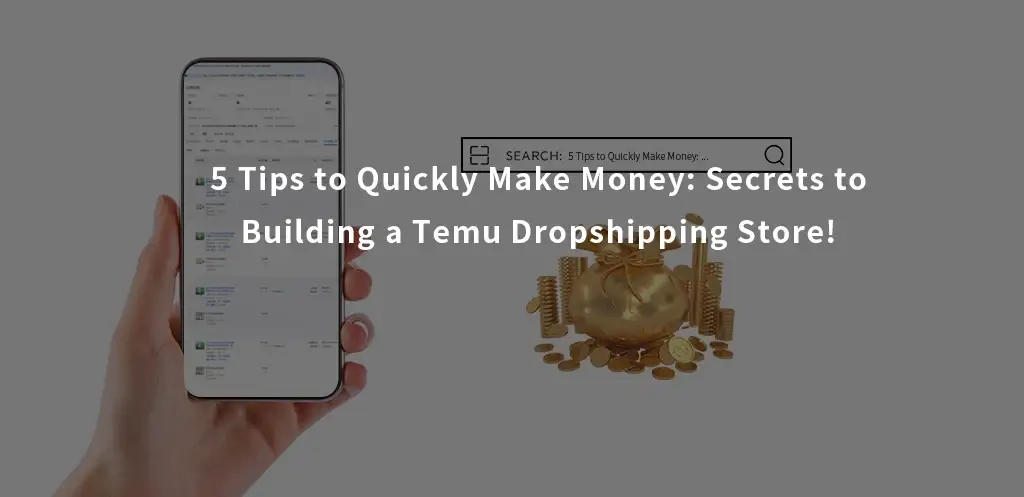



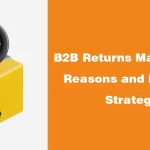
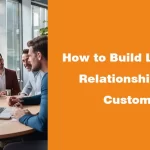
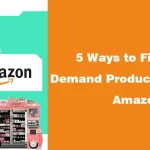




Somebody essentially help to make significantly articles Id state This is the first time I frequented your web page and up to now I surprised with the research you made to make this actual post incredible Fantastic job